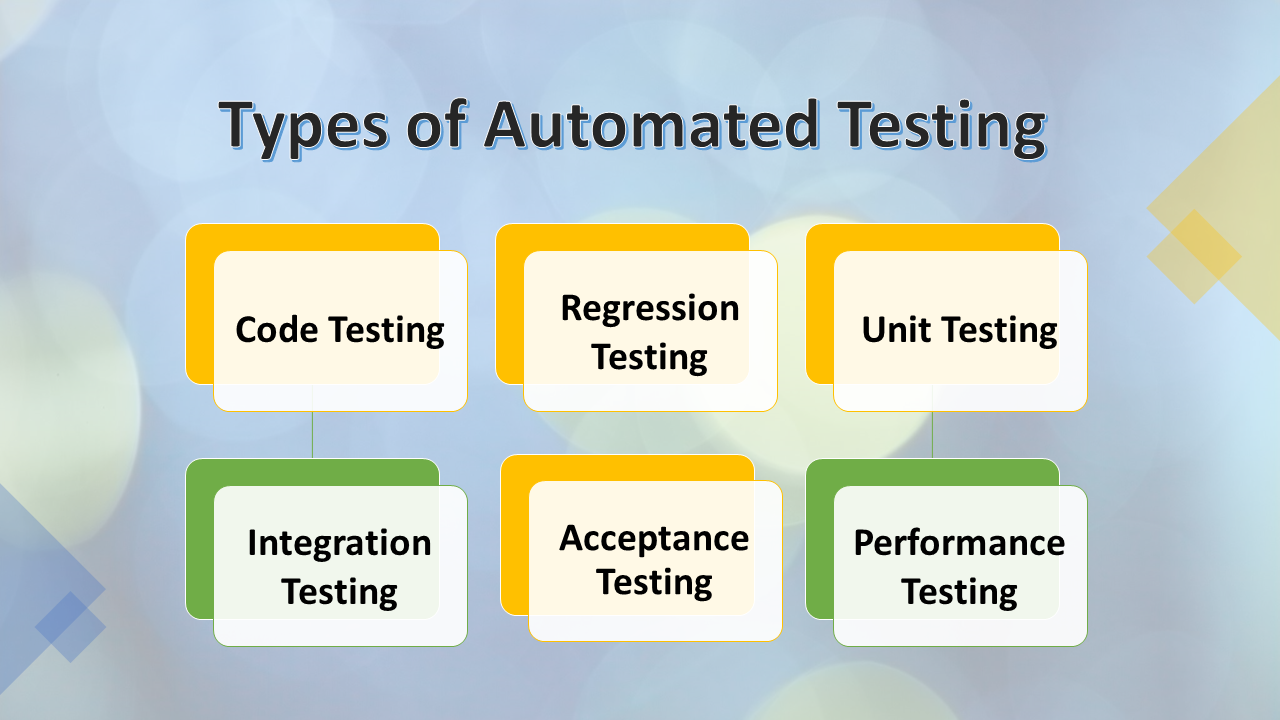Understanding Automation Testing: Devices, Strategies, and Advantages
Understanding Automation Testing: Devices, Strategies, and Advantages
Blog Article
From Manual to Automated Testing: A Comprehensive Guide to Transitioning Efficiently and Properly
In the realm of software program screening, the shift from guidebook to automated processes has actually ended up being an increasingly crucial transition for companies looking for to improve efficiency and precision in their testing methods. The trip from handbook to automated screening is not without its challenges, but when approached purposefully and with a clear plan in mind, the advantages can be significant.
Advantages of Automated Checking
Automated testing provides many advantages, improving performance and precision in software program development processes. Automated tests can be run at the same time on several gadgets and running systems, substantially speeding up the screening stage compared to hands-on testing.
Additionally, automated testing ensures a greater level of accuracy in identifying flaws. Consistency in screening is likewise improved, as automated examinations perform the same actions exactly each time they are run.
Selecting the Right Devices

Firstly, assess your requirements and goals. Comprehend the range of your job, the technologies involved, and the ability of your group. This analysis will aid you figure out the capabilities and attributes you call for in your testing tools.
Second of all, think about the compatibility of the tools with your existing procedures and systems. Seamless integration with your existing software program advancement lifecycle is vital to ensure a smooth change to automation.
Furthermore, evaluate the scalability and adaptability of the tools. As your testing requires progress, the tools must be able to adjust and suit modifications properly.
Finally, element in the support and community around the tools. When carrying out automated screening, durable assistance and an active customer community can provide beneficial resources and help. By thoroughly taking into consideration these elements, you can pick the right tools that line up with your requirements and set the phase for a successful shift to automated screening.
Creating Efficient Examination Manuscripts

When crafting test scripts, it is vital to take into consideration the specific needs of the software being examined and guarantee that the manuscripts deal with all essential performances. Descriptive and clear calling conventions for test scripts and examination cases can enhance readability and maintainability. In addition, incorporating error handling devices within the test scripts can help in identifying and attending to concerns quickly.
Moreover, arranging test scripts into modular elements can boost reusability and scalability, reducing redundancy and improving performance in examination script maintenance. Regular evaluations and updates to check manuscripts are essential to equal progressing software program requirements and functionalities. By complying with these principles, testers can develop efficient and robust examination manuscripts that add significantly to the success of automated screening procedures.
Integrating Automation Into Workflows
Efficient integration of automation tools into existing workflows improves processes and improves efficiency within software application advancement cycles. When integrating automation right into operations, it is critical to identify repetitive jobs that can be automated to save time and lower human error. By flawlessly integrating automated testing tools like Selenium or Appium right into the software program growth lifecycle, groups can attain faster responses on code adjustments, causing quicker insect detection and resolution. This integration allows for continuous screening throughout the growth process, guaranteeing that any type of issues are determined early on, resulting in greater software program high quality. Additionally, automation can be used to cause examinations instantly after each dig this code dedicate, giving prompt validation and liberating testers to concentrate on more complex circumstances. Appropriate integration of automation devices requires cooperation in between advancement, testing, and procedures groups to develop a unified workflow that maximizes effectiveness and effectiveness in supplying high-grade software application products.
Making Sure a Smooth Change
Successfully transitioning to automated testing includes careful planning and careful execution to decrease disturbances and make best use of performance in the software development process - automation testing. To guarantee a smooth shift, it is necessary to begin by performing a thorough assessment of the present testing processes and determining areas where automation can bring the most considerable benefits. Engaging with all stakeholders at an early stage in the process, including designers, testers, and job supervisors, is crucial for garnering support and buy-in for the automation initiative
Communication is key throughout this change stage. Clear interaction of the goals, benefits, and expectations of automated testing aids to take care of any type of resistance or worries that may occur. Furthermore, offering adequate training and sources for employee to upskill in automation devices and methods is crucial for making sure a successful transition.

Conclusion
In conclusion, transitioning from handbook to automated testing provides many advantages, consisting of boosted performance and integrity. By picking the ideal devices, creating reliable examination manuscripts, and incorporating automation flawlessly right into operations, companies can make sure a effective and smooth shift. It is important to accept see here automation as a useful possession in software testing procedures to boost total top quality and efficiency.
In the realm of software testing, the change from handbook to automated processes has come to be a significantly crucial shift for organizations seeking to improve effectiveness and accuracy in their screening techniques. Automated tests can be run concurrently on multiple devices and running systems, dramatically speeding up the testing phase contrasted to hands-on testing. Uniformity in testing Read Full Report is also boosted, as automated tests execute the very same steps precisely each time they are run.To make certain the successful implementation of picked testing devices, the creation of reliable test manuscripts plays an essential function in validating the capability and efficiency of automated processes - automation testing. By adhering to these principles, testers can develop durable and effective examination scripts that add significantly to the success of automated screening processes
Report this page